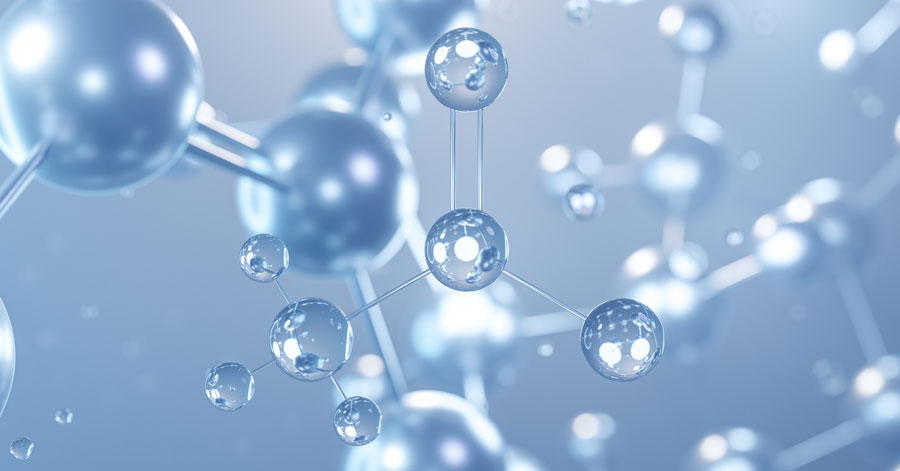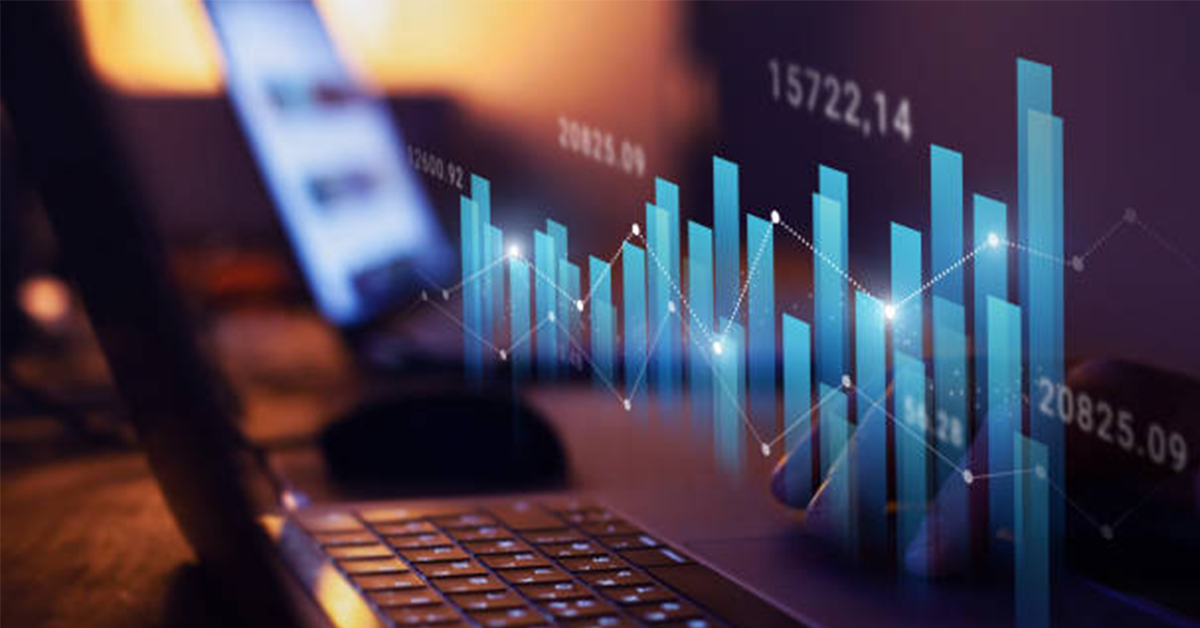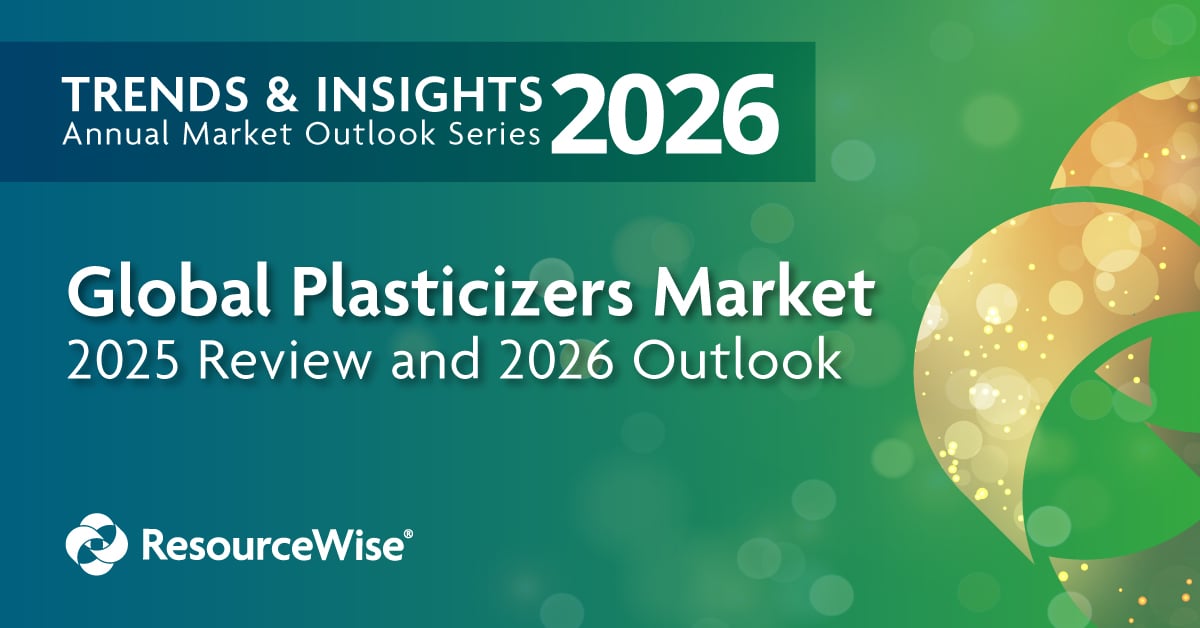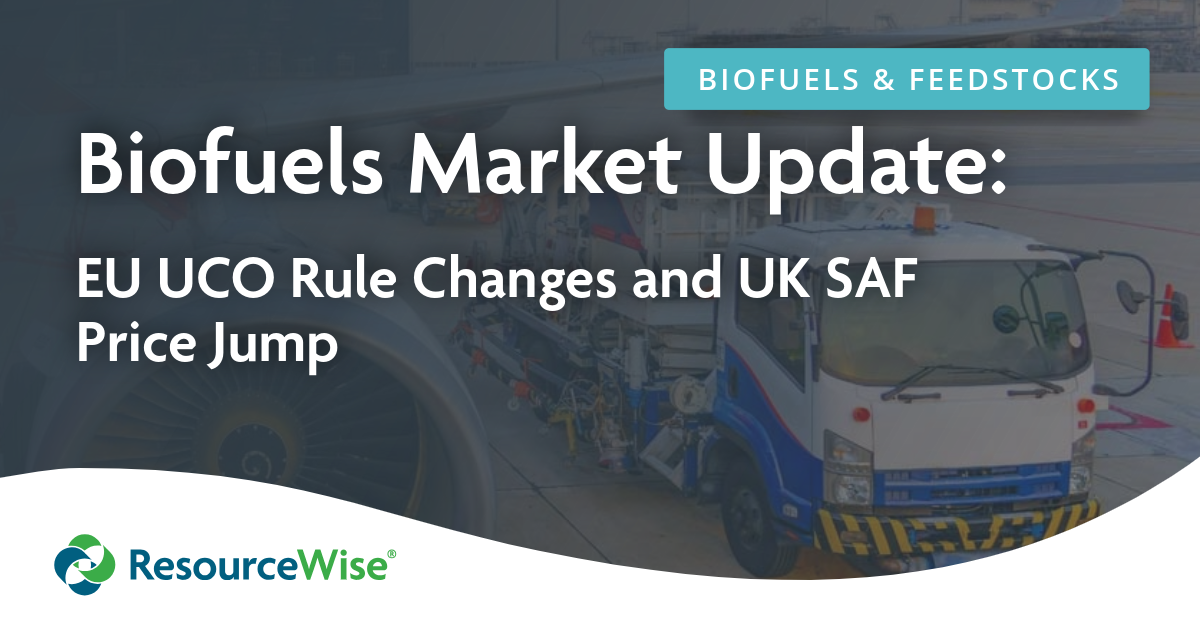3 min read
Acetyls Markets Still Waiting for Stability in Early 2020
 William Bann
:
Feb 3, 2020 12:00:00 AM
William Bann
:
Feb 3, 2020 12:00:00 AM

Global acetyls market participants were hoping for signs of stability in early 2020 following the ups-and-downs of the past two to three years, but there is not much of that on show almost two months into the new year. After dealing with frequent supply-side disruptions, including a number of force majeure declarations and other unplanned production outages, the acetyls markets are now facing challenges from erratic downstream demand and general geo-political concerns.
Some of the current issues – the coronavirus (Covid-19) outbreak being the prime example – are outside the control of market participants, but are affecting business sentiment nonetheless. The scale of disruption caused by the Covid-19 outbreak is forcing economists to re-think forecasts for economic growth in 2020. The International Energy Agency lowered its 2020 oil demand growth forecast by 365,000 b/d to 825,000 b/d, the lowest since 2011, as a result of the Covid-19 crisis.
In January, there were some encouraging signs surrounding the trade dispute between the United States and China with both sides signing a “Phase 1” agreement. While the trade dispute did not have much direct impact on the acetyls markets, it did put the brakes on wider economic activity in 2019. Also, many questions regarding future trade relations between the European Union and the United Kingdom following the UK’s long-awaited “Brexit” on 31 January have not yet been answered.
Acetic acid and VAM derivatives are commonly used in many industrial sectors including construction, pharmaceuticals, agriculture, transportation and consumer goods. Acetyls market participants in all regions did their best to counter the headwinds that persisted through the fourth quarter, but it was tough going as economic activity was moderate at best in most locations. The diverse range of end-uses means acetyls demand growth closely follows general economic trends, and that is expected to continue in 2020.
In Europe, initial estimates of gross domestic product (GDP) growth during Q4 2019 reflect positive, albeit limited, growth in the region over the last three months of 2019. According to a preliminary flash estimate published by Eurostat, seasonally adjusted GDP rose by 0.1% in both the euro area (EA19) and the EU28 during Q4 2019 compared with the previous quarter. According to a first estimation of annual growth for 2019, based on quarterly data, GDP grew by 1.2% in the euro area and 1.4% in the EU28. The US economy grew 2.1% in the fourth quarter, according to early estimates, but full-year GDP reportedly slowed its lowest levels pace in three years. According to early estimates, US GDP growth measured at 2.3% for the full year.
Japan’s economy rose at an annualized rate of 1.4% in Q4 2019 on higher consumer spending and capital expenditure, according to government statistics. This followed a downwardly revised 2.6% annualized decline in the third quarter. In China, the estimated GDP growth for the fourth quarter reached 6.0%, and the estimated GDP growth for the entire year was 6.1%. These figures were in line with official targets, but still represented slower growth compared to the first years of the last decade.
As mentioned, the UK officially left the European Union on 31 January, bringing one part of the “Brexit” process to an end and signaling the start of trade negotiations with the EU which are scheduled for completion by the end of 2020. The UK is home to the largest acetic acid, acetic anhydride, and ethyl acetate plants in West Europe, and the final decision for a proposed world-scale VAM project is expected at some point in the first half of 2020. If the project is approved, construction could begin later in 2020 with a likely start-up at some point in 2023. Some market participants do not believe Brexit will be disruptive as most businesses have had contingency plans in place since early 2019 when the prospect of a “hard Brexit” loomed over negotiations.
The acetyl markets are not the only petrochemical sector trying to understand rapidly changing events, but the uncertainty over economic recovery already has some downstream consumers scrambling to update budgets and purchasing patterns. There may be some short-term relief as raw material prices have decreased, but higher logistics and transportation costs have been reported as typical trading routes have been widely disrupted in reaction to COVID-19. With all the unknowns swirling around in the marketplace, the only certainty is that stability has not yet been attained.
Learn more about how our online chemical intelligence platform, OrbiChem360, can help inform your business decisions.
Subscribe to our blog to stay up to date on the latest industry trends in the global chemicals industry.




